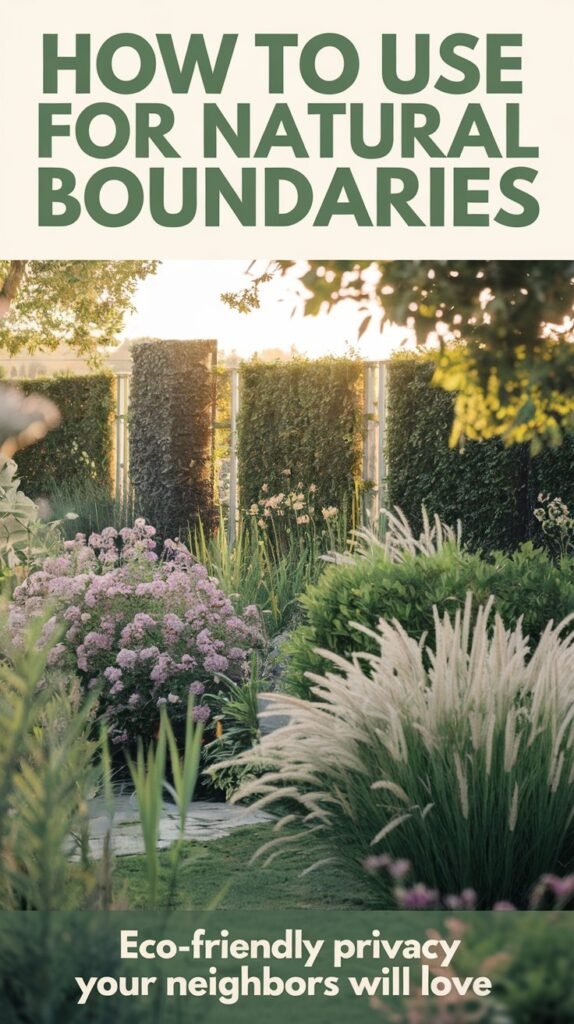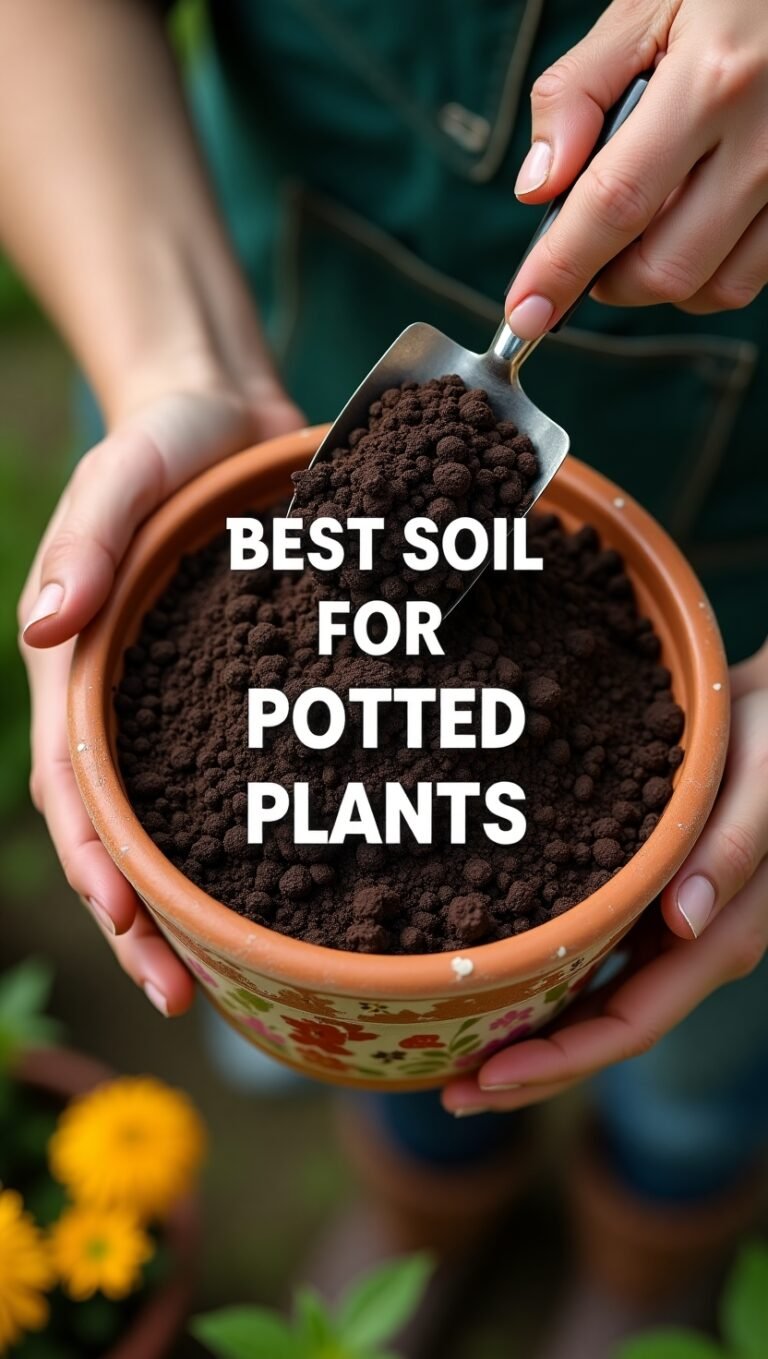Discover how to create stunning, eco-friendly garden borders with plants. Ashley Scott shares her tried-and-tested tips for using hedges, shrubs, and grasses as natural boundaries.

When I first moved into my countryside cottage , I dreamed of a garden that felt both private and wild. But chain-link fences? Too harsh. Wooden panels? Expensive and boring. Then I discovered the magic of plants as natural boundaries—and let me tell you, it’s been a game-changer.
Here’s how I turned my garden into a lush, living sanctuary without sacrificing charm or breaking the bank.
Why Natural Boundaries? (Spoiler: Bees Will Thank You)
Before we dive into the “how,” let’s talk why. Natural boundaries aren’t just pretty—they’re eco-warriors. They:
- Boost biodiversity: Birds, bees, and butterflies flock to flowering hedges.
- Save money: No need to replace broken fences every few years.
- Reduce noise: Thick shrubs like holly muffle traffic sounds better than timber.
Plus, they smell amazing. My lavender border is basically a free aromatherapy session.
Choosing the Right Plants: My Trial-and-Error Journey
Not all plants are created equal for boundary duty. Here’s what I’ve learned:
- Evergreens for Year-Round Privacy
- Arborvitae (UK: Thuja): Fast-growing, low-maintenance, and stays green in winter. Plant these 3 feet apart for a dense screen.
- Boxwood (UK: Buxus): Perfect for tidy, manicured hedges. Pro tip: Trim in late spring to avoid frost damage.
- Flowering Shrubs for Drama
My hydrangeas steal the show every summer. Pair them with roses for a cottage-garden vibe. - Grasses for Soft Edges
Pampas grass adds height and movement. Just keep it contained—it’s enthusiastic about spreading!
Planting Like a Pro: Lessons From My Mess-Ups
- Spacing Matters: I once crammed 10 junipers into a 6-foot space. Two years later, I was hacking them back weekly. Don’t be me. Follow spacing guidelines on plant tags.
- Prep the Soil: Throw in compost or manure. Your plants will reward you with explosive growth.
- Water Deeply, Not Daily: Shallow watering = shallow roots. Soak them weekly instead.
Design Hacks to Steal From My Garden
- Layer Up: Plant tall evergreens at the back, mid-height shrubs in the middle, and creeping thyme at the front.
- Mix Textures: Pair spiky yucca with feathery grasses for contrast.
- Add Seasonal Interest: Red twig dogwood looks stunning against winter snow.
Maintenance: Keep It Simple
Natural boundaries aren’t “no-work,” but they’re less work than staining fences. My routine:
- Prune twice a year: Late spring and early autumn.
- Mulch annually: Keeps weeds down and soil moist.
- Ignore perfection: A slightly wild hedge has more character!
Final Thoughts: Let Nature Do the Heavy Lifting
Switching to plant-based boundaries transformed my garden into a living, breathing space that’s privacy screen, wildlife habitat, and art piece all in one. Start small—maybe a rosemary hedge by the patio—and watch the magic unfold.
Got questions? Drop me a comment below!



